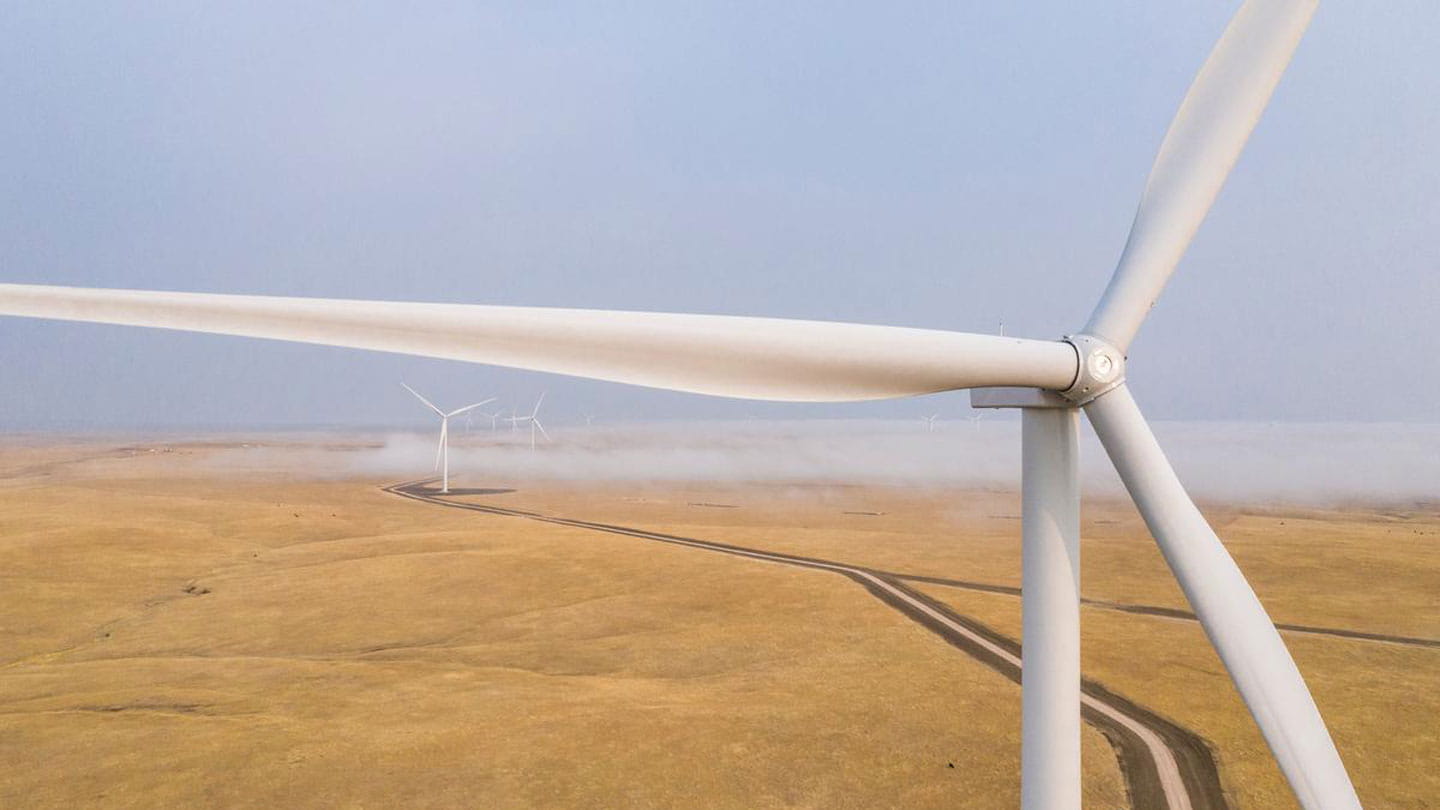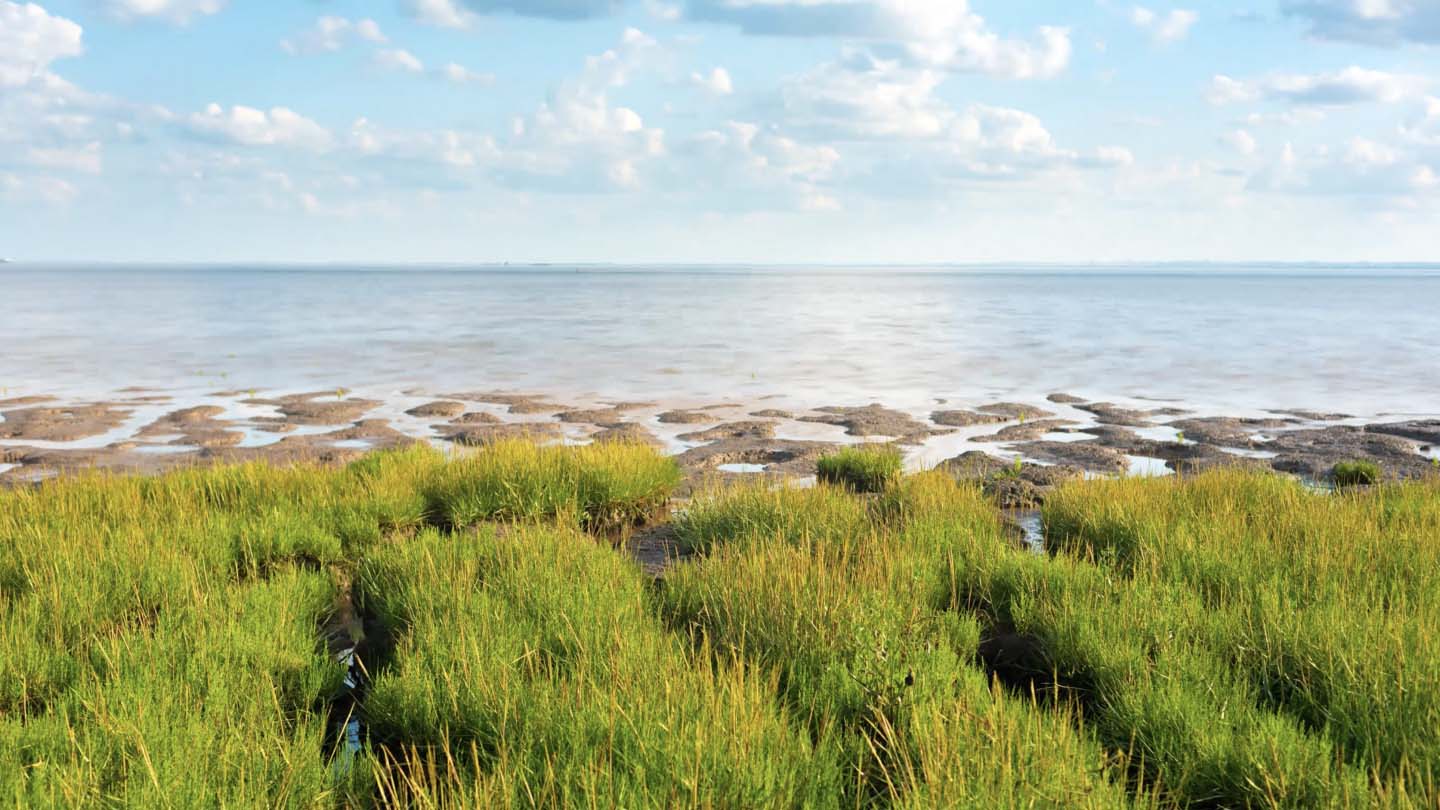Rasmus Skov, Head of Global Engagement at Ørsted, explains how green energy is the key not only to zero-emissions energy but to a just, flourishing future.
We need to switch from fossil fuels to renewable energy NOW
Generating power with energy sources like offshore wind emits 99% less greenhouse gases than using coal-fired power stations. The transition to green energy is the most significant way to cut global emissions and avert climate breakdown – and it’s the key to a secure, reliable energy supply. Let’s do it now.
We need to build green energy RIGHT
The transition to green energy can achieve even more than reducing emissions. If we work together to build it in the right way, green energy can help create a more just and prosperous world, generating benefits for nature, society, and the economy.
Decarbonising industry
8 %of global emissions come from steel production |
3 %of global emissions come from shipping |
Together that’s almost as much carbon as the whole USA emits.
Building renewable energy sources, like offshore wind farms, uses a lot of steel, and fuel for heavy transport and shipping. If we find ways to decarbonise these parts of the renewable energy supply chain, green steel and green fuels can also be used in other industries.
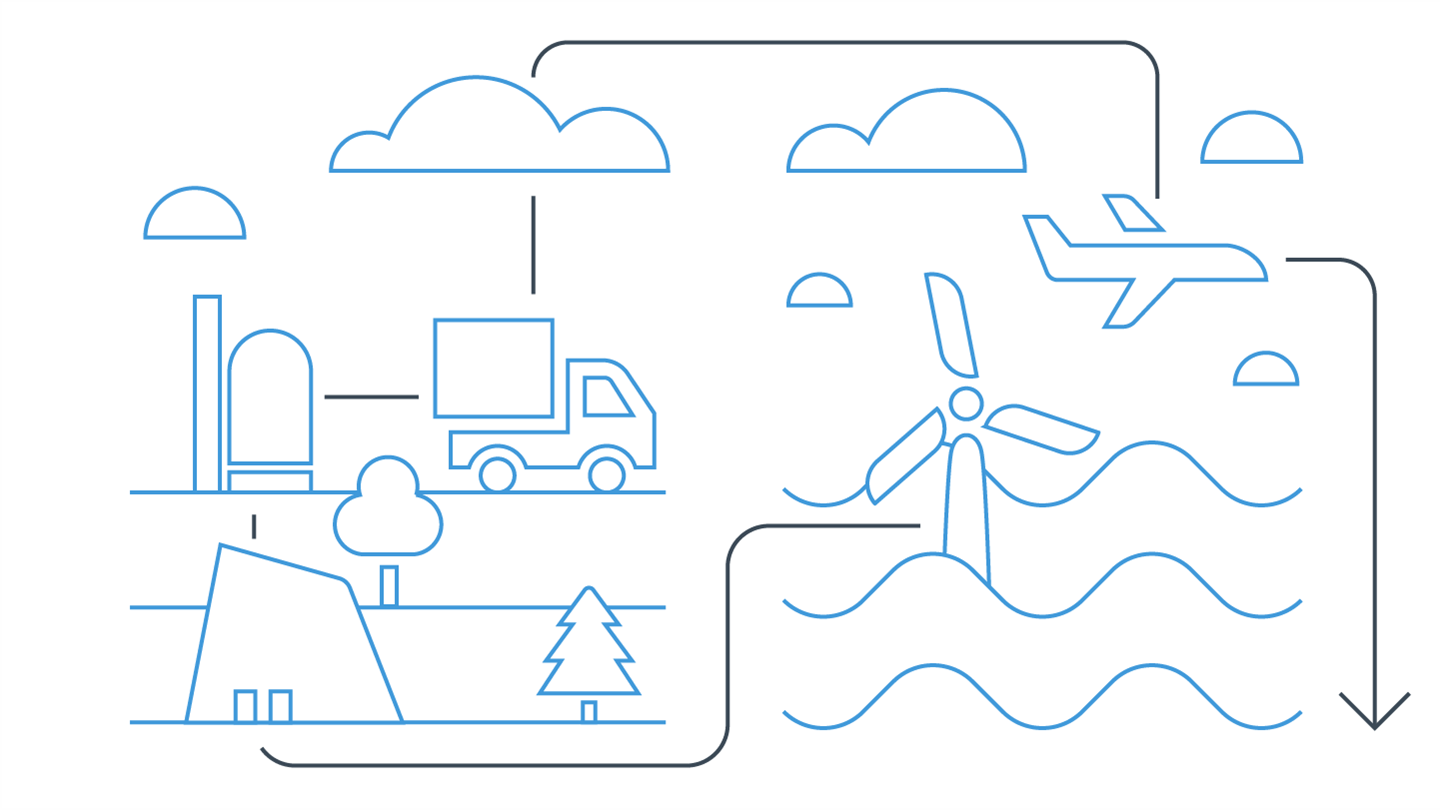
How do we do it?
- Set net-zero targets that are approved by the Science Based Targets Initiative. That means making a plan to decarbonise the whole value chain – for renewable energy, that includes steel and shipping. Ørsted is the first energy company to set this kind of target.
- Join initiatives like SteelZero. This sends demand-side signals to drive innovation towards net-zero steel. Ørsted is a founding member of the initiative.
A net-positive impact on biodiversity
69 %On average, animal populations have decreased in size by this much since 1970 |
40 %of jobs around the world depend directly on ecosystem services |
Addressing climate change by leaving fossil fuels in the ground is one of the biggest things we can do to halt biodiversity loss. But we should also find ways to restore and enhance biodiversity when building renewable energy assets, leaving nature as a whole in a better shape than when we found it.
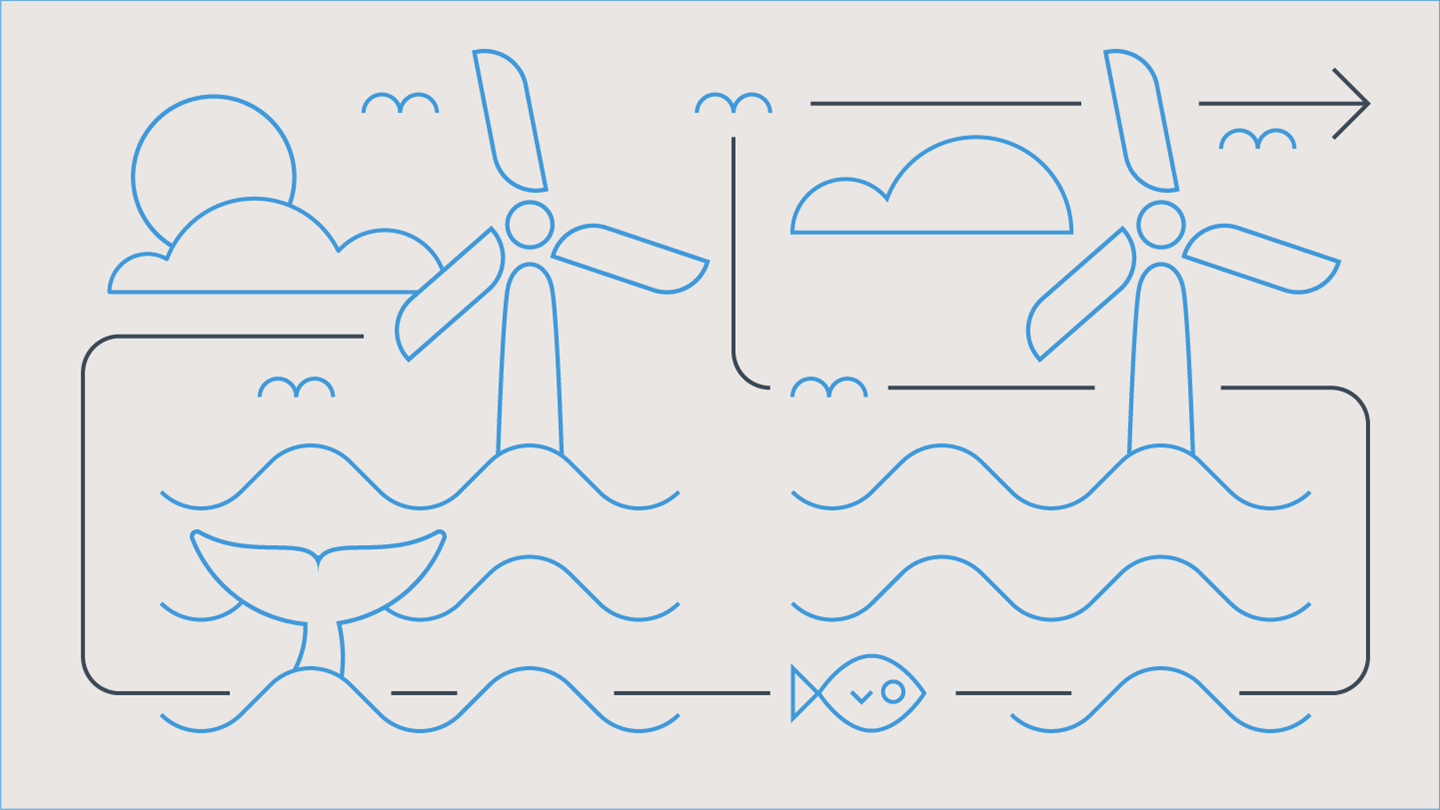
How do we do it?
- Make biodiversity impact a success criterion for new renewable energy projects. At Ørsted, we’ve set the ambition that all new renewable energy projects we commission from 2030 onwards should have a net-positive impact on biodiversity.
- Collaborate to pilot and scale-up methods to achieve this. We’re working with local experts around the world on biodiversity projects, from rewilding estuary ecosystems, to creating biogenic reefs, to making offshore wind foundations a home for coral.
Thriving local communities
43 millionjobs could be created by the renewable energy industry by 2050 |
1.5 Xas many jobs can be created by investing in solar power instead of fossil fuels |
Renewable energy is, or will become, a new industry in most parts of the world. It needs to be built up in a way that generates local jobs, training and education opportunities, a supply chain made up of local businesses, and renewable assets that local people co-own.

How do we do it?
- Work with organised labour to create equitable local jobs and opportunities in renewable energy. We’ve signed an agreement with North America’s Building Trades Unions (NABTU), committing to constructing our US offshore wind farms with an American union workforce.
- Share ownership and the benefits generated by renewable energy. In Scotland, we’re working with community ownership organisation Energy4All to share the financial benefits of our wind farms.
- Establish community benefit funds. In the UK, we’ve awarded over £8 million to more than 550 local social and environmental projects.
- Partner with local industries. In Maryland, USA, we’ve partnered with a local steel manufacturer to create the state’s first offshore wind steel fabrication centre.
Inclusive, equal societies
38 %African-Americans are exposed to this amount more air pollution than white Americans |
8.5 %Minority and women-owned business enterprises offer this yearly cost saving to corporate partners |
As we expand the renewable energy industry around the world, it provides an opportunity to redress inequalities across societies, sharing the benefits of the green transformation fairly with those who have been marginalised and disproportionately affected by the impact of fossil fuels.
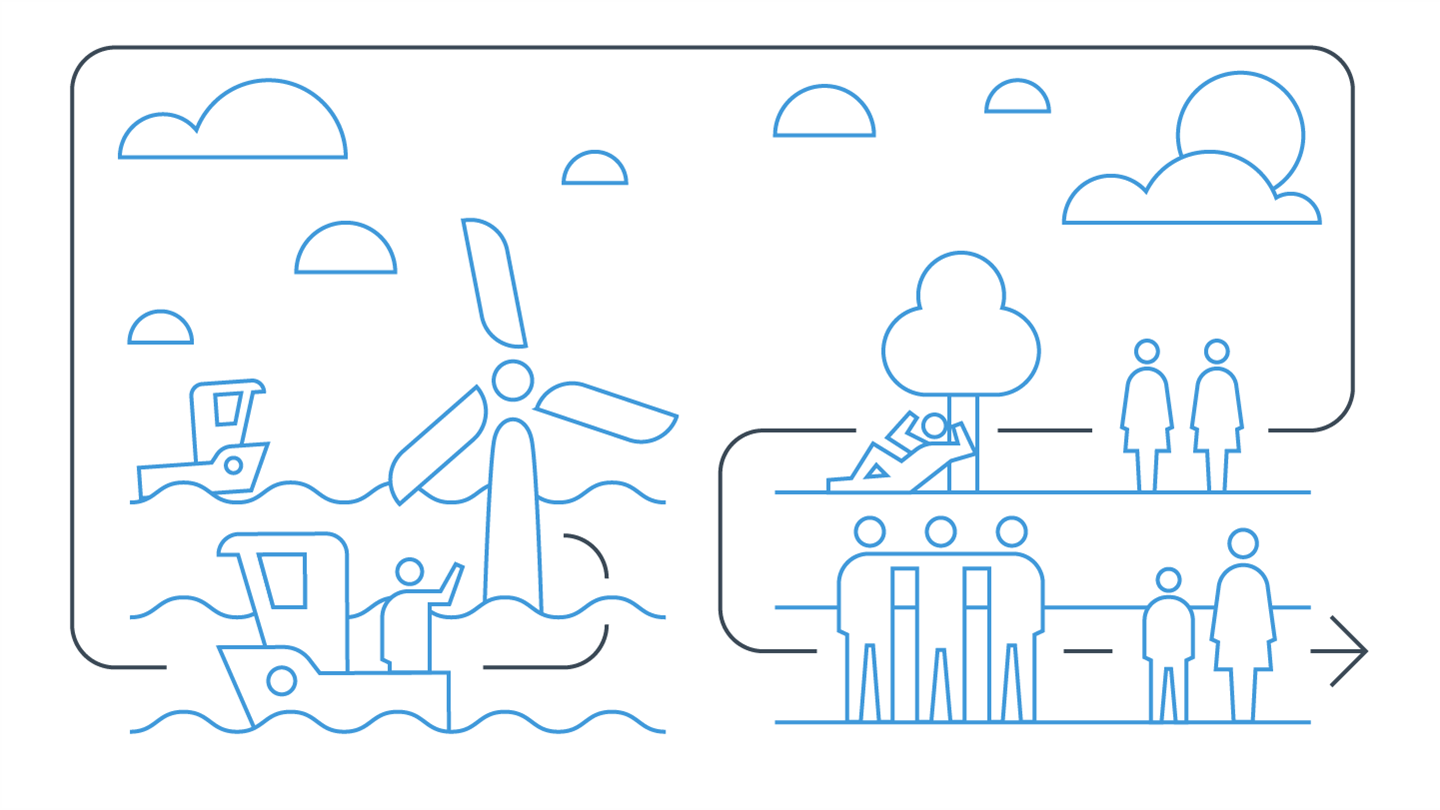
How do we do it?
- Prioritise equity and promote pathways of opportunity. In the US, we’re building a more equitable workforce with well-paid opportunities for people from underrepresented backgrounds, and from communities that are most often harmed by environmental injustice. We also promote this approach throughout our supply chain, with support from local workforce development partners.
- Invest in areas left behind by older industries. We’ve made the former fishing region around the Humber estuary a centre for the UK’s offshore wind industry, employing thousands of local people.
Sources
8% of global emissions come from steel production. Source: World Steel Association
3% of global emissions come from shipping. Source: International Maritime Organization
On average, animal populations have decreased in size by 69% since 1970. Source: WWF
40% of jobs around the world depend directly on ecosystem services. Source: International Labour Organization
43 million jobs could be created by the renewable energy industry by 2050. Source: International Renewable Energy Agency
1.5 times as many jobs can be created by investing in solar power instead of fossil fuels. Source: World Resources Institute
African-Americans are exposed to 38% more air pollution than white Americans. Source: Clark LP, Millet DB, Marshall JD (2014) National Patterns in Environmental Injustice and Inequality: Outdoor NO2 Air Pollution in the United States. PLOS ONE 9(4): e94431
Minority and women-owned business enterprises offer an 8.5% yearly cost saving to corporate partners. Source: McKinsey
